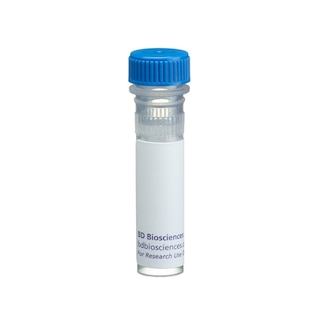-
Reagents
- Flow Cytometry Reagents
-
Western Blotting and Molecular Reagents
- Immunoassay Reagents
-
Single-Cell Multiomics Reagents
- BD® OMICS-Guard Sample Preservation Buffer
- BD® AbSeq Assay
- BD® OMICS-One Immune Profiler Protein Panel
- BD® Single-Cell Multiplexing Kit
- BD Rhapsody™ ATAC-Seq Assays
- BD Rhapsody™ Whole Transcriptome Analysis (WTA) Amplification Kit
- BD Rhapsody™ TCR/BCR Next Multiomic Assays
- BD Rhapsody™ Targeted mRNA Kits
- BD Rhapsody™ Accessory Kits
-
Functional Assays
-
Microscopy and Imaging Reagents
-
Cell Preparation and Separation Reagents
-
- BD® OMICS-Guard Sample Preservation Buffer
- BD® AbSeq Assay
- BD® OMICS-One Immune Profiler Protein Panel
- BD® Single-Cell Multiplexing Kit
- BD Rhapsody™ ATAC-Seq Assays
- BD Rhapsody™ Whole Transcriptome Analysis (WTA) Amplification Kit
- BD Rhapsody™ TCR/BCR Next Multiomic Assays
- BD Rhapsody™ Targeted mRNA Kits
- BD Rhapsody™ Accessory Kits
- United States (English)
-
Change country/language
Old Browser
This page has been recently translated and is available in French now.
Looks like you're visiting us from {countryName}.
Would you like to stay on the current country site or be switched to your country?




Western blot analysis of FADD. Daudi B lymphoma cell lysate was probed with anti-human FADD (clone A66-2, Cat. No. 65751A) at concentrations of 2.0 (lane 1), 1.0 (lane 2), and 0.5 µg/ml (lane 3). The antibody identifies FADD as an ~27 kDa band.


BD Pharmingen™ Purified Mouse Anti-Human FADD

Regulatory Status Legend
Any use of products other than the permitted use without the express written authorization of Becton, Dickinson and Company is strictly prohibited.
Preparation And Storage
Recommended Assay Procedures
Clone A66-2 can be used for western blot analysis (1-2 µg/ml). Other reported applications not routinely tested at BD Biosciences include immunoprecipitation (1-2 µg/1x10^6 cells). Daudi B lymphoma cells (ATCC CCL-213) are suggested as a positive control.
Product Notices
- Since applications vary, each investigator should titrate the reagent to obtain optimal results.
- Please refer to www.bdbiosciences.com/us/s/resources for technical protocols.
- Caution: Sodium azide yields highly toxic hydrazoic acid under acidic conditions. Dilute azide compounds in running water before discarding to avoid accumulation of potentially explosive deposits in plumbing.
FADD is a molecule involved in the Fas-mediated cell death pathway. Apoptosis is induced when Fas ligand or agonistic Fas antibodies bind to the Fas receptor, and trigger the activation of a cell death signaling pathway. Induction of Fas-mediated apoptosis requires a conserved cytoplasmic motif, referred to as the death domain, that is present in the C-terminal end of Fas. FADD also contains a death domain, and Fas and FADD bind to each other through their respective death domains. Death domains are thought to act as adaptor proteins by linking Fas and other members of the tumor necrosis factor receptor (TNFR) superfamily to downstream signaling pathways. Overexpression of FADD in vitro leads to cell death suggesting that FADD, like FAS, is an apoptosis-inducing protein. The N-terminal, but not the C-terminal death domain, is required for apoptosis induced by FADD overexpression. It is thought that the amino-terminal region of FADD functions by binding to caspase-3 and thereby linking signals from the cell surface to an apoptopic protease cascade. FADD has a calculated molecular weight of 24 kDa and migrates at a molecular weight of ~27 kDa in SDS/PAGE.
Development References (2)
-
Cleveland JL, Ihle JN. Contenders in FasL/TNF death signaling. Cell. 1995; 81(4):479-482. (Biology). View Reference
-
Muzio M, Chinnaiyan AM, Kischkel FC, et al. FLICE, a novel FADD-homologous ICE/CED-3-like protease, is recruited to the CD95 (Fas/APO-1) death--inducing signaling complex. Cell. 1996; 85(6):817-827. (Biology).
Please refer to Support Documents for Quality Certificates
Global - Refer to manufacturer's instructions for use and related User Manuals and Technical data sheets before using this products as described
Comparisons, where applicable, are made against older BD Technology, manual methods or are general performance claims. Comparisons are not made against non-BD technologies, unless otherwise noted.
For Research Use Only. Not for use in diagnostic or therapeutic procedures.
